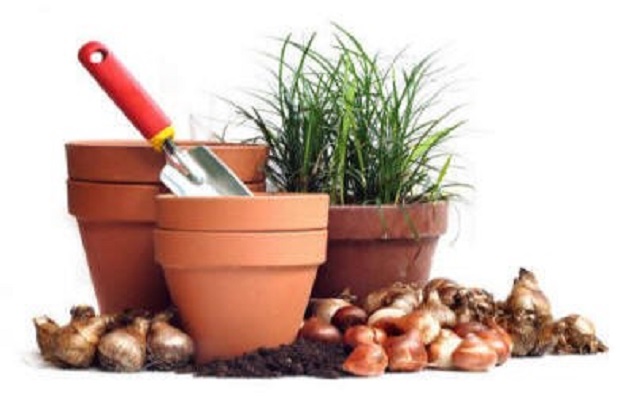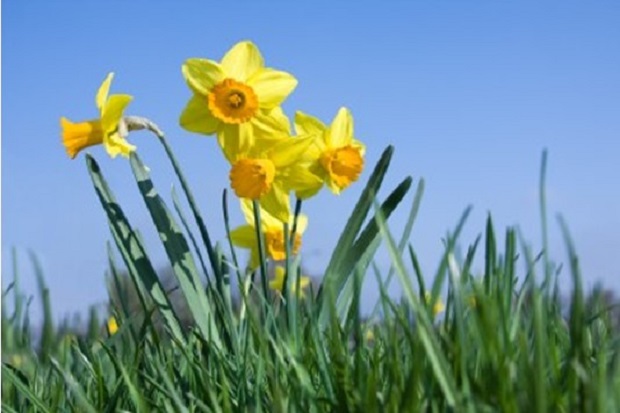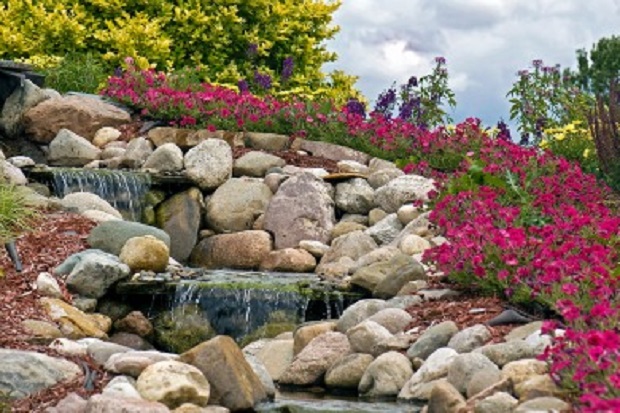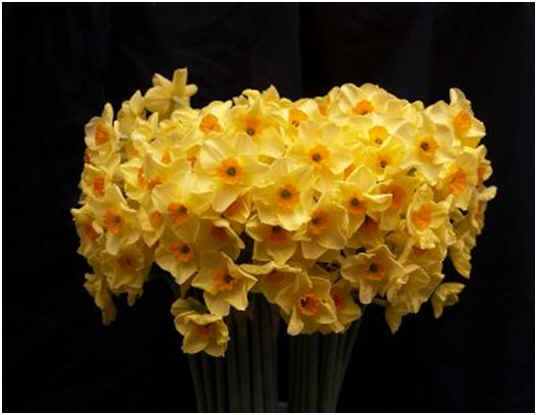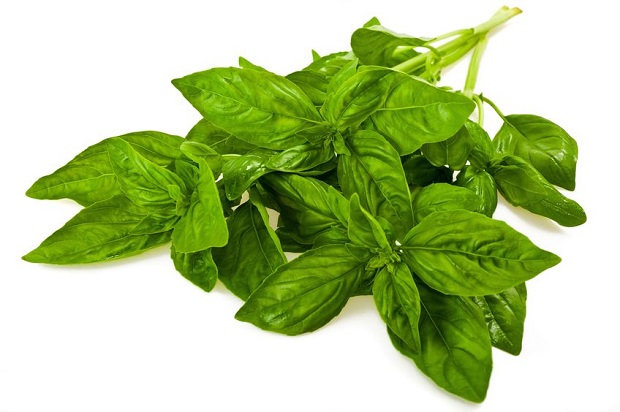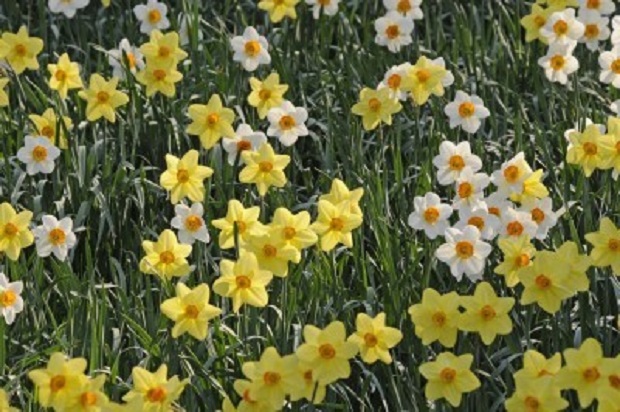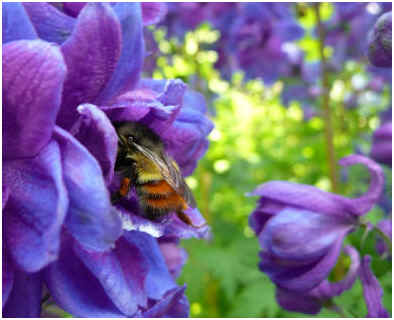
Delphinium is a short-lived perennial often confused with the closely related annual Larkspur. The flower of the Larkspur is a bit smaller than that of the delphinium. Some gardeners consider this perennial to be one of the harder to grow, as their height requires staking, high fertility, and protection from the wind. However, their showy, exploding blooms year after year may make it worth your time.
Starting Delphiniums
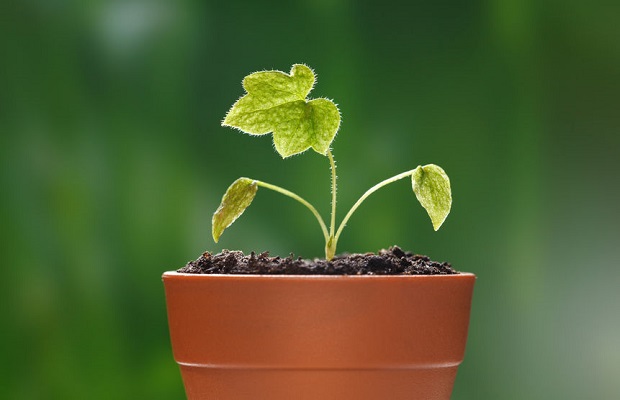
Delphiniums can be started through seed, division, or cuttings. Starting through seed germination is likely the easiest, with the cutting method coming in a close second. Unfortunately, delphiniums that have been divided often don’t do well.
Starting with the seed: Delphinium seeds are started like most other flower seeds. They should be planted indoors six-eight weeks prior to the last spring frost. The seeds require well-aerated, moist soil that maintains a temperature between 65-75°F. Harden seedlings off prior to planting outdoors.
Starting with the cutting method: Using a very sharp, clean knife, take a 3-4″ cutting from a healthy part of the plant. The center of the cutting should be white. If it is hollow, discard it and take a cutting from another part of the plant. Treat the cut end with a growth hormone and plant in perlite or sandy soil. Remove any foliage that is below the soil surface. Cover with clear plastic. Keep moist.
When the cuttings have begun to root, they will be more difficult to remove from the soil. Once this happens, remove the clear plastic to harden them off as the roots become established.
Planting Delphiniums
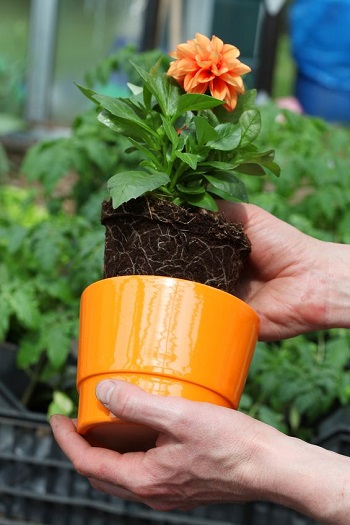
Once you have hardened off your delphinium seedlings, you are ready to plant. Delphiniums require plenty of sun and fertile, well-drained soil with a slightly alkaline pH. Once planted, fertilize in a ring around the plant and water generously. Mulch around the flower to keep the soil moisture level consistent and discourage weeds.
Caring for Delphiniums
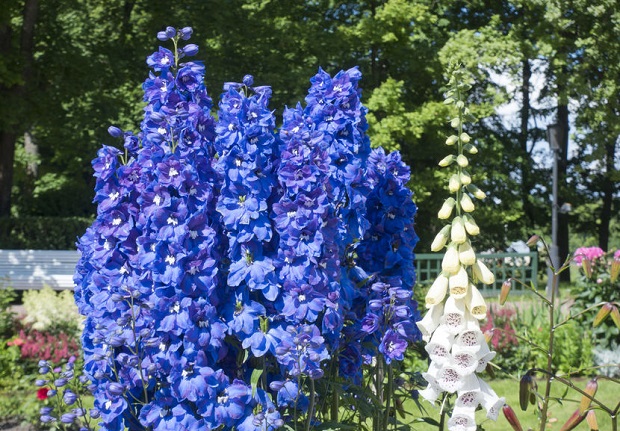
Staking: Delphiniums are tall with hollow stalks that break easily from wind or the weight of the flowers when they bloom. They should be staked early on to prevent any damage from occurring.
Fertilizing: Delphiniums are heavy feeders and require fertilization. Any commercial fertilizer for perennials, such as a 10-10-10 mix, will work well. Fertilize directly after planting and again after the first bloom.
Deadheading: Remove spent flower blooms immediately to encourage additional flower growth.
Resources
“Delphiniums Are Pretty Tough – One Of The Hardiest Perennials In Northern Utah Gardens.” Cooperative Extension – extension.usu.edu. N.p., n.d. Web. 10 Apr. 2011. .
“Perennials: Culture, Maintenance and Propagation – Virginia Cooperative Extension.” Publications and Educational Resources – Virginia Cooperative Extension. N.p., n.d. Web. 10 Apr. 2011. .
“Explore Cornell – Home Gardening – Flower Growing Guides – Growing Guide.” Gardening Resources, Cornell University. N.p., n.d. Web. 10 Apr. 2011.
